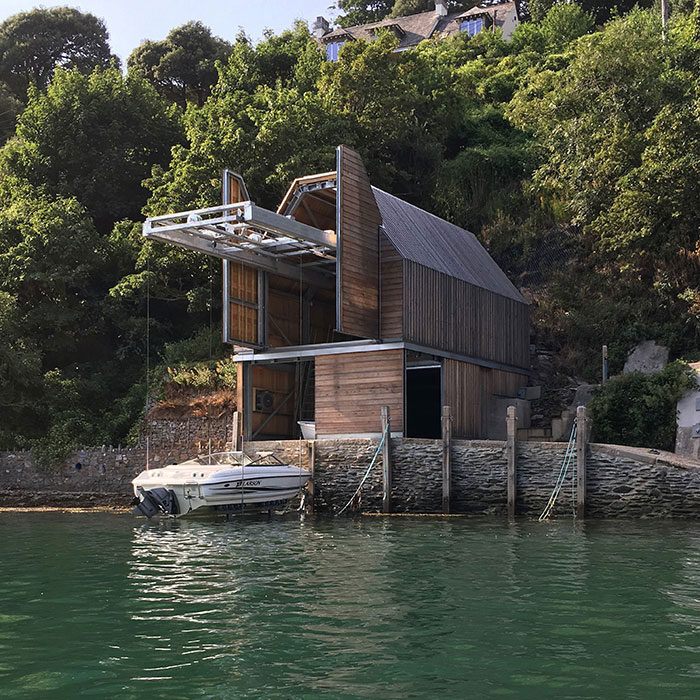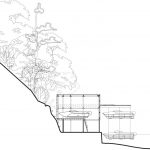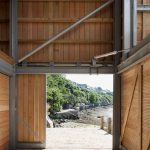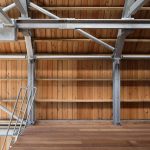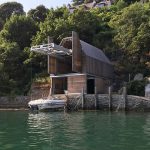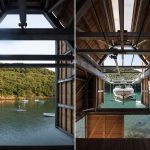PLAYMOUTH, ENGLAND A technological landing place for boats
The London based practice Wimshurst Pelleriti designed a boathouse for boats made of steel and wood on the Yealm river, near Plymouth. An abridgment of naval engineering which takes advantage of the little space provided by the narrow and steep bank.
Like a small treasure chest made of Siberian larch camouflaging itself among the lush hills of Newton Ferrers – a picturesque slate-roofed hamlet east of Plymouth, in England – the boathouse of the Berbering family is located at the same level of water in the wonderful Newton Creek, a side creek of the Yealm river which from the English Channel slots in the area of South Devon interesting from the landscape point of view.
It is a paradise for sailors and for those who love water sports. In this framework, the Berbering family asked the London based practice Wimshurst Pelleriti to design a berth on the river for their house, a place where they can store boats and water equipment. This small architecture meets the family’s need to make use of boats in an autonomous manner and to reorganize the existing quay, which is so narrow ( just five meters) it provides a limited space for manoeuvre and a volume, at the ground floor – a water resistant full-height warehouse with a space at the back – you can open at the corners thanks to doors sliding both towards the river and towards the slipway, in order to easily handle long equipment. Upstairs, on the contrary, a fully mechanized capstan has been installed on an extractable track, to lift the small family motorboat.
The limited dimensions of the boathouse, six meters wide and just eight meters deep, also show the wanted compromise between functional needs and the complex location. This facility gently adapts to the rocky surface of the bank, which is as heterogeneous as unstable, that has been consolidated. This intervention also concerned the quay where it was possible to work during the five hours of low tide a day, only; it also required the use of special additives in the concrete.
Source: abitare.it
(ph. Nick Kane)


